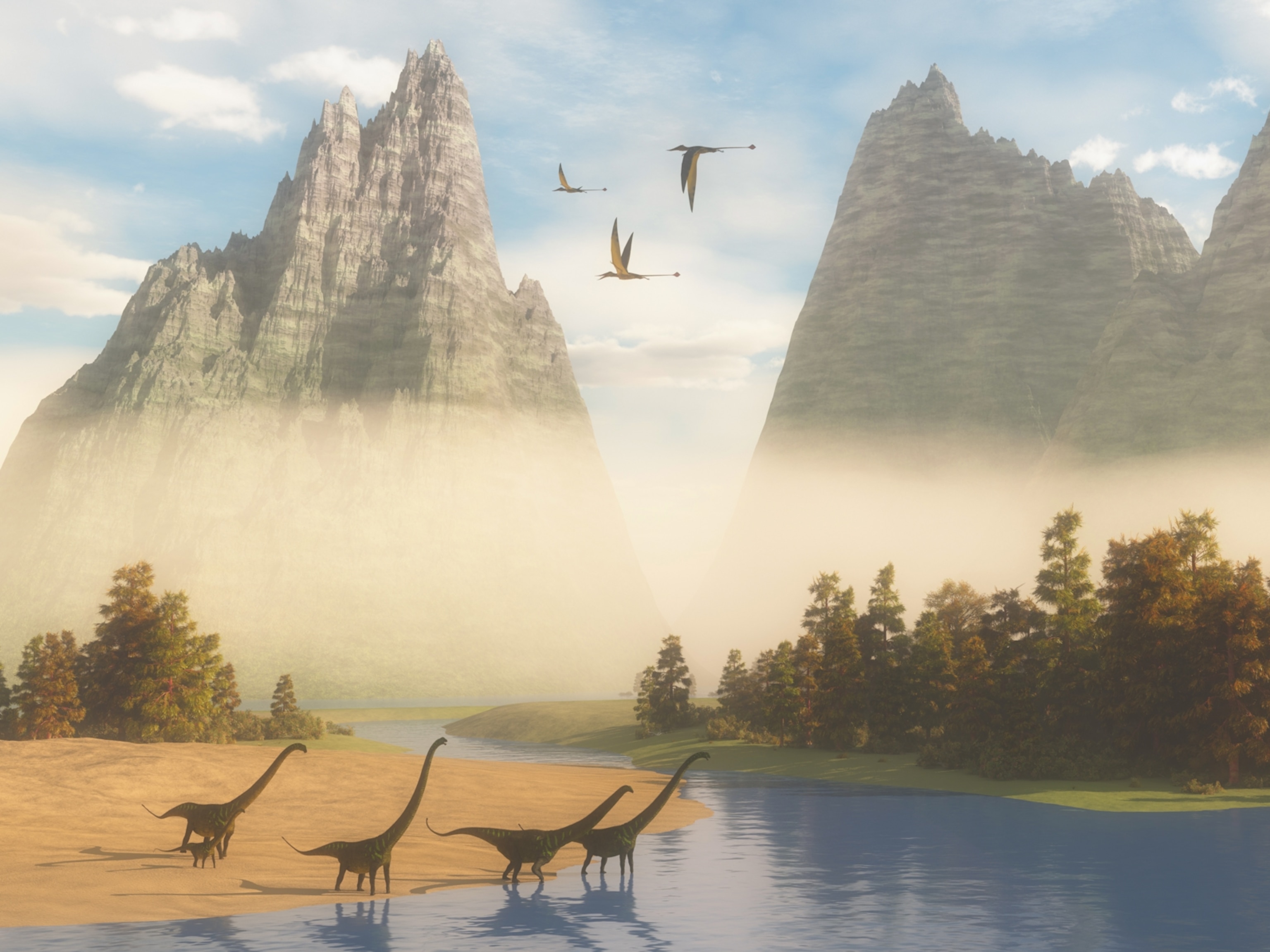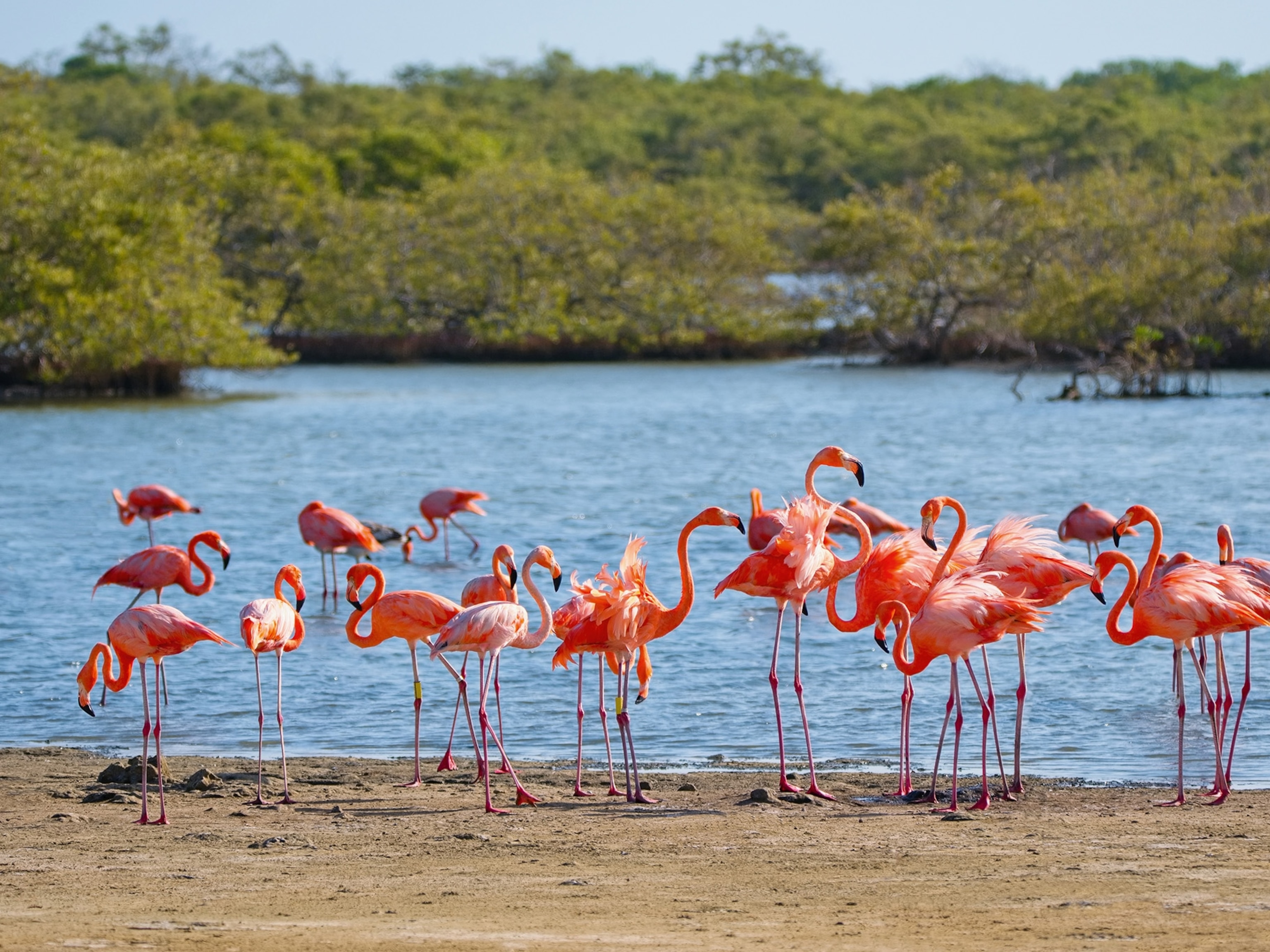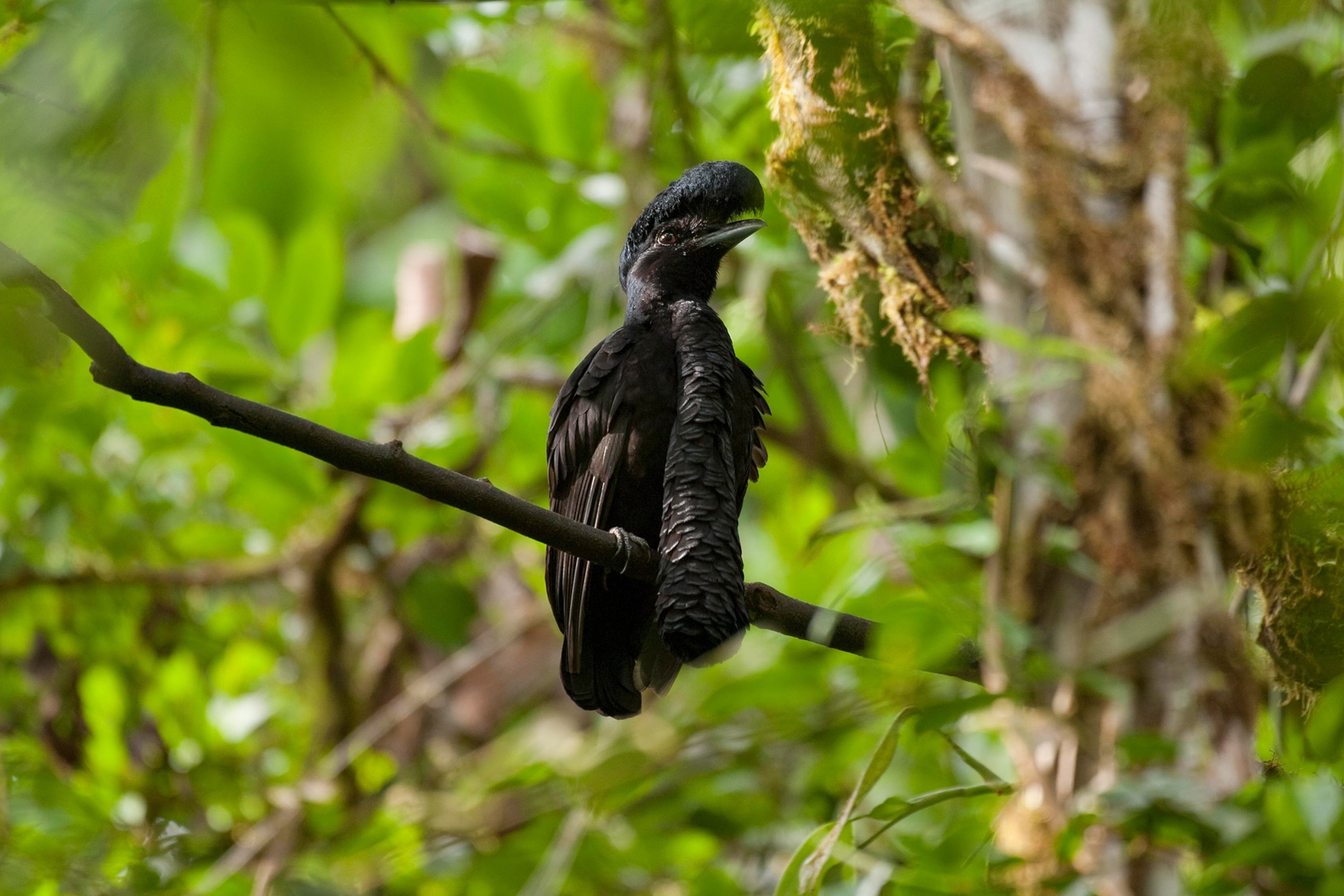
These birds have fleshy ornaments as long as their bodies
Many male birds sport extra skin and flaps to woo females.
Many birds have fleshy ornaments on and around their faces that make Lady Gaga’s wardrobe seem demure.
Extra flesh and wattles seem to be more common among primitive lineages of birds, including galliformes—a group of heavy-bodied birds such as wild turkeys—and ratites, which includes huge species such as ostriches and cassowaries, says Bob Mulvihill, an ornithologist at the National Aviary in Pittsburgh.
It may be that these ornaments are vestiges of their dinosaur predecessors, Mulvihill says.
Indeed, in 2014, researchers reported a duck-billed dinosaur found in Alberta, Canada, had preserved soft tissue on its head—a cockscomb.
“It showed us that many dinosaurs probably had colorful, fleshy display structures like wattles and combs,” says study co-author Philip Currie, a dinosaur paleobiologist at the University of Alberta. (Read about the dinosaurs that didn't die.)
And, like birds, dinosaurs were very visual animals and likely “relied heavily on display structures to attract mates or scare off rivals,” Currie says.
So what do these colorful accessories do for birds?
Brightest is best
In many bird species, only males sport this extra bling, with the “brightest or most elaborate ornaments attracting the females,” Mulvihill notes. (Watch ‘moonwalking’ birds and other crazy avian courtships.)
Brighter, bolder coloring also signals overall better health and genetic fitness in a male.
Take Lurch, a 46-year-old Andean condor at the aviary, who uses his comb and his wattle—the skin flaps on his head and chin, respectively—to great effect.
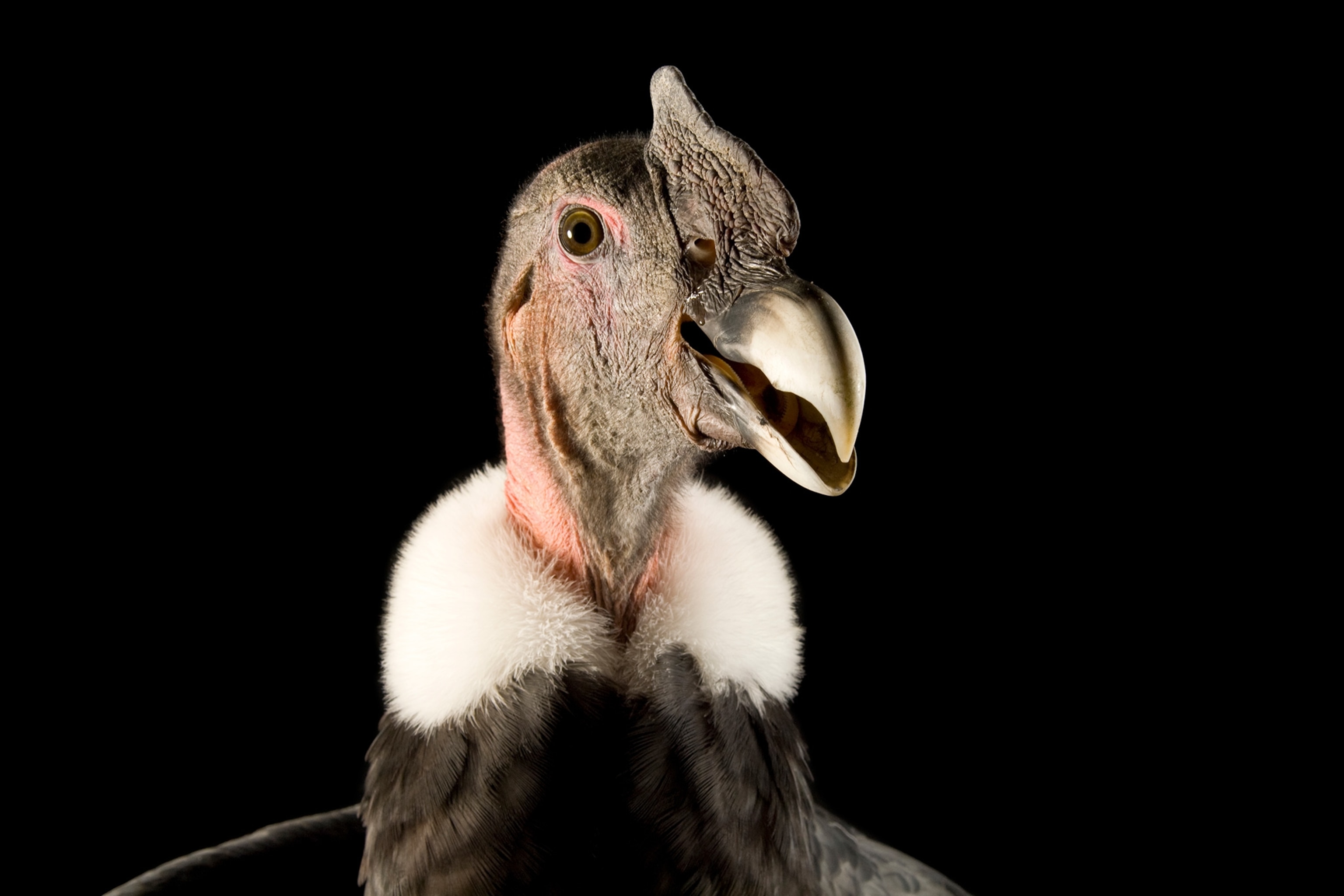
“Basically he blushes,” Mulvihill says. Andean condors have a 10-foot wing span, and when Lurch arches his neck and extends his wings in a courtly display, “the blood all goes to the head and the wattle.”
Male long-wattled umbrella birds of South America have an Elvis-like pompadour and wattle almost as long as themselves. When a female is afoot, males puff out their wattle until it looks like a bushy cat’s tail (watch video).
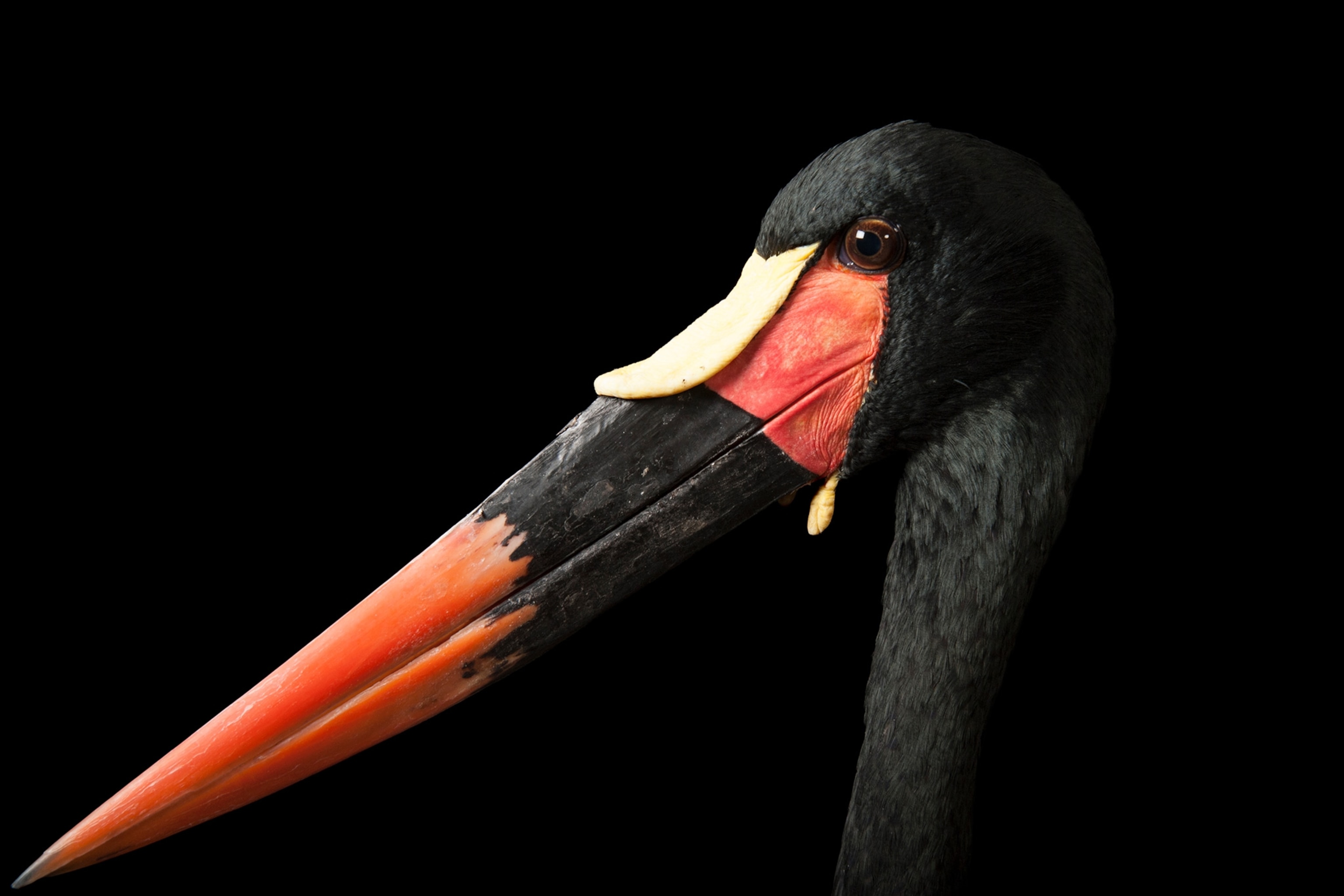
Other birds with impressive wattles include Africa’s saddle-billed stork, southern ground hornbill, and marabou stork; New Zealand’s kokako; and Madagascar’s Schelgel’s asity.
The Pittsburgh aviary is also home to a Cabot’s tragopan, a startling transformer native to the mountains of China.
The tragopan “runs around looking like a little brown bird,” Mulvihill says, then abruptly unfurls his lappet (watch video), a structure that resembles a bib. A rapid and dazzling display of bright blue and red skin ensues. (See 13 photos that capture the beauty of birds.)
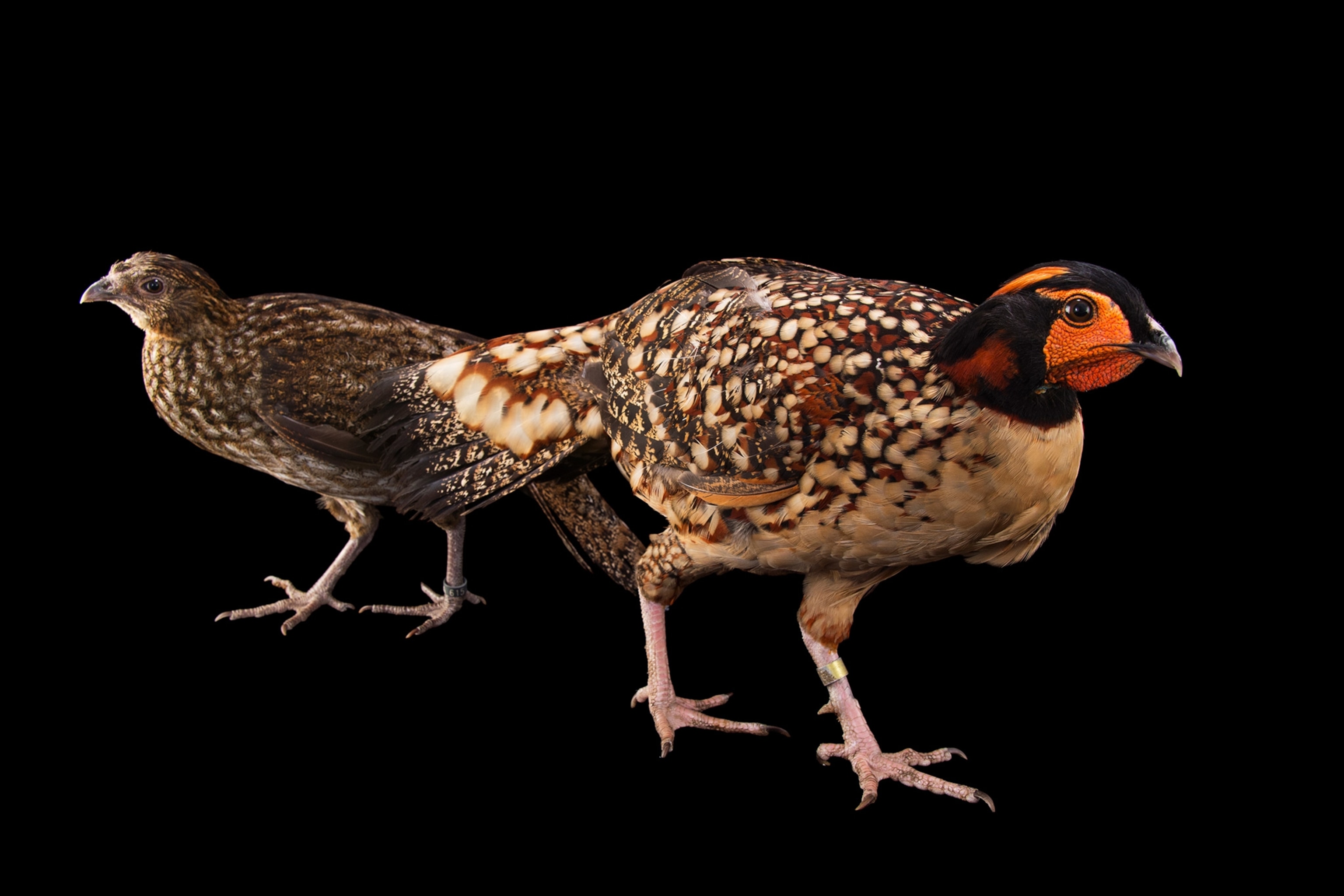
The bird’s ability to quickly turn on and off its display is especially handy for attracting females, he adds.
Wattle warmers
Fleshy protuberances can have a purpose beyond attracting mates.
Male wild turkeys may use their snoods, skin flaps that hang off their foreheads, to signal dominance: Males are unlikely to pick a fight with a larger-snooded bird. (Read why birds matter, and are worth protecting.)

In some species, such as vultures and ostriches, patches of bare skin and wattles may help the animals regulate their body temperatures, acting as “thermal windows” that control heat loss.
And sometimes, the wattles have a very simple purpose: So females can recognize males of their own species.
After all, love can sometimes be blind.
Have a question about the weird and wild world? Tweet me or find me on Facebook.


































